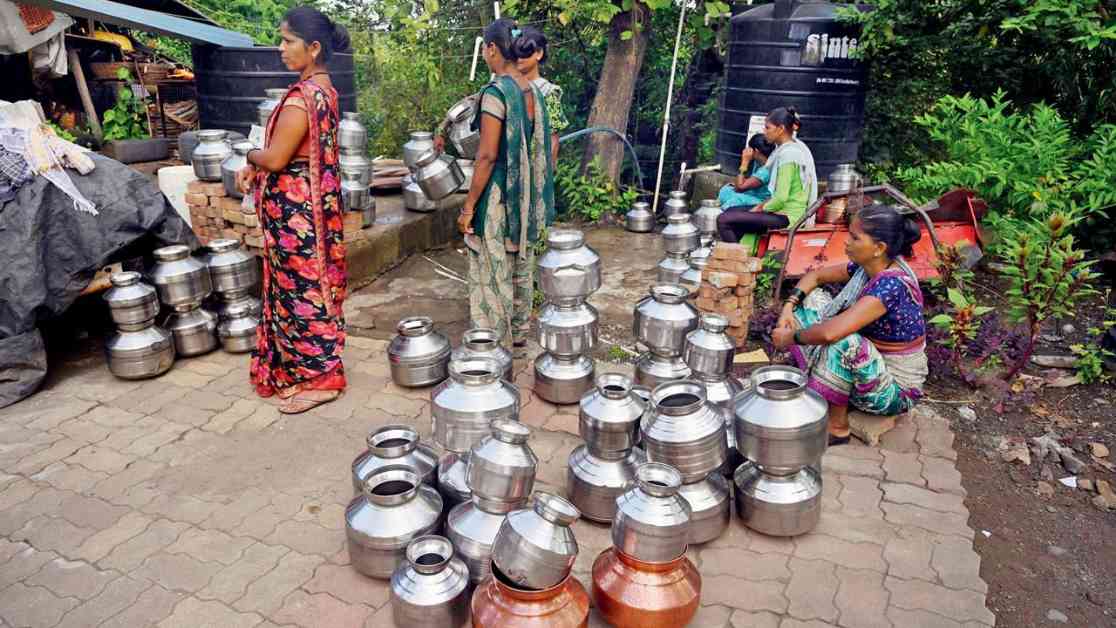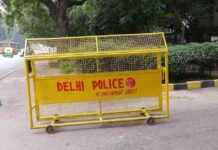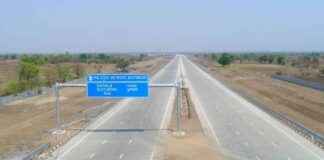Residents of Ambernath and surrounding areas are raising concerns about the pollution caused by the Maharashtra Industrial Development Corporation (MIDC) clusters in their vicinity. They feel that their health and well-being are being compromised due to the unchecked industrial activities that are polluting their air and water. The situation has become so dire that residents are experiencing respiratory problems, water-borne illnesses, and other health issues linked to the toxic environment they are surrounded by.
Living amidst Pollution
In Phanshipada, a small community situated between the industrial activities of the Ambernath MIDC and the polluted Waldhuni River, residents like 11-year-old Satyam Yadav are struggling to cope with the constant pollution. Yadav shares how he and his classmates often suffer from coughs, throat pain, and eye irritation due to the air pollution, even inside their homes. The situation is so severe that they have to resort to closing windows when the stench becomes unbearable. The Waldhuni River, which flows near their village, paints a grim picture of environmental degradation with its foul stench and visible pollution.
Harishchandra Ughade, a long-time resident of Bohonoli, reflects on the changes he has witnessed over the years. He remembers a time when life was peaceful before industries started growing around them, bringing hazardous gases and polluted rivers. Ughade expresses the frustration of the community, stating that they feel neglected and forgotten, especially outside of election season when politicians pay attention to their concerns.
Complex Perspectives
While some residents like Buddhaji Chidye acknowledge the temporary job opportunities provided by these industries, others like Vishal Gaikwad express deep concerns about the persistent pollution and lack of action from authorities. Gaikwad draws parallels to the tragic Bhopal Gas incident, raising fears about the unchecked operations of these companies in the region.
The recent gas leak incident in Ambernath MIDC has only added to the growing anxiety among residents, who feel unsafe in their own homes due to the frequent industrial accidents and air pollution. Vedant Mhatre from Dombivli sheds light on the misconception that the industrial area existed before the residential neighborhoods, emphasizing the risks posed to the local population by the proximity of industries.
Environmental Activism
Environmental activists like Nandkumar Pawar and Snehal Donde are sounding the alarm about the high pollution levels in the region, attributing them to the unchecked industrial activities and untreated chemical effluents being discharged into the water bodies. Pawar highlights the hazardous gases released by industries and the impact of stone quarries on the health of local communities. Donde expresses deep concern over the pollution of the Ulhas River and its tributaries, warning about the potential consequences of diverting polluted water to other regions.
The Additional Ambernath MIDC, established in 1995 to relocate industries, has now become a hub for various sectors like chemicals, engineering, pharmaceuticals, and textiles. Umesh Tayade from the Ambernath Manufacturers Association sheds light on the operational challenges faced by industries in maintaining environmental standards and highlights the need for stricter regulations in housing complexes and denim fabric units to prevent further pollution.
In conclusion, the residents of Ambernath and surrounding areas are facing a growing environmental crisis due to the unchecked industrialization in the region. As pollution levels continue to rise, the health and well-being of the community are at stake, with authorities and policymakers failing to take meaningful action to address the concerns raised by residents and environmental activists. The complex web of economic benefits and environmental costs underscores the urgent need for sustainable development practices to protect the health of the residents and safeguard the environment for future generations.




















